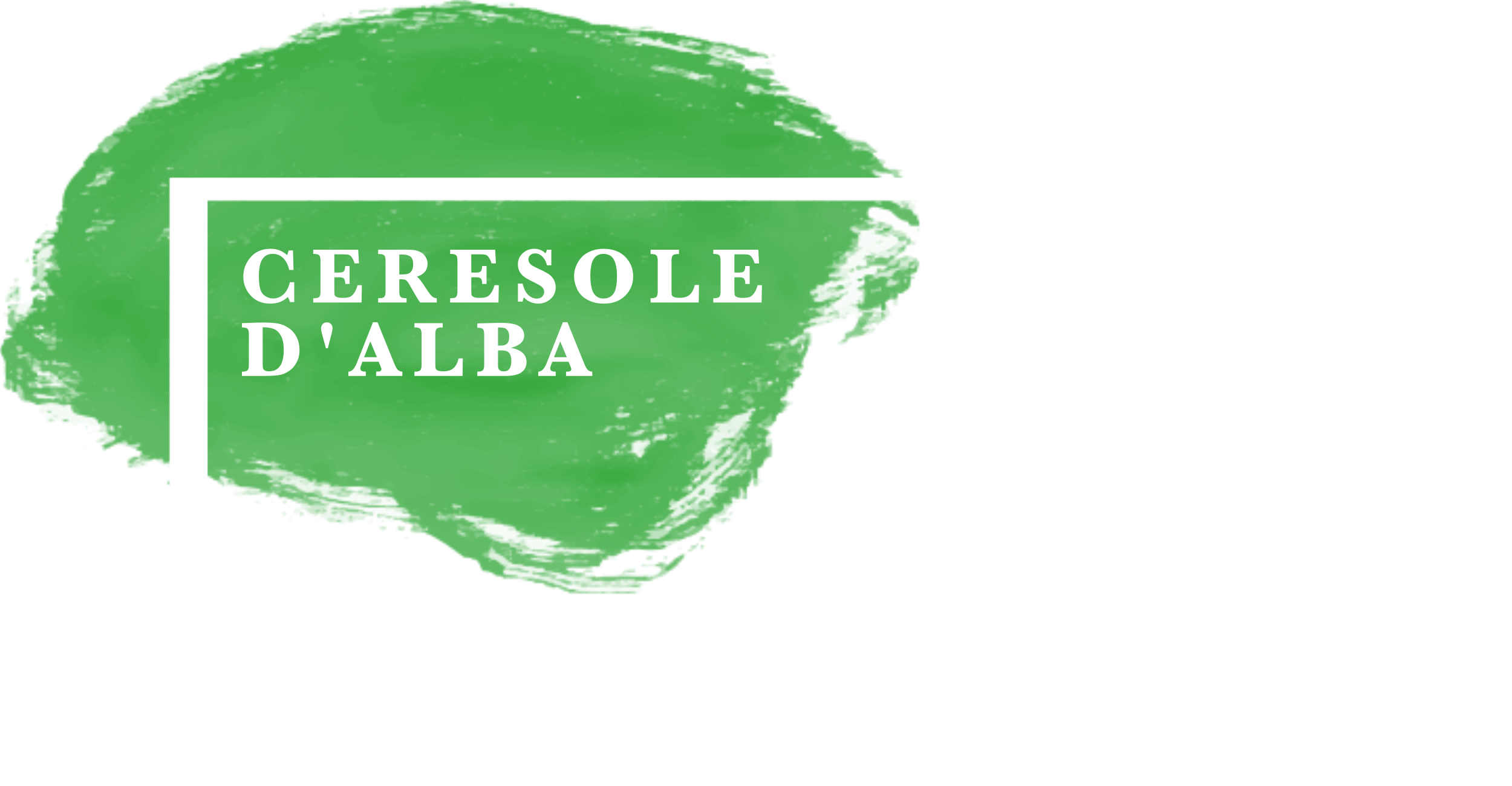

Tench and Lotus Flowers on the Roero plain, on the edge of an ancient wood
The territory of the municipality of Ceresole d’Alba has been inhabited since prehistoric times. The surrounding clayey and humid soils have favoured the formation of hundreds of artificial lakes called fish ponds or tampe: a precious reserve of water for humans and for the local fauna and flora, the famous Tinca Gobba and Fior di Loto (cascina Gallina, Frazione Cappelli) stand out among them.
The wooded belt of Ceresole is what remains of the ancient Silva Popularis, a huge wood that stretched between Bra and Pralormo: the same Ceresole until the 11th century was called curtem Cerisole de bosco.
The plain of Ceresole d’Alba has experienced a tormented history of terrible military clashes between the French and the imperial armies, especially in the sixteenth and seventeenth centuries : in 1544 the Battle of Ceresole marked the beginning of devastation that scourged the territory for almost two centuries, marking it with numerous destructions of the inhabited area, raids by soldiers, looting by mercenaries, disasters and plagues.
Worthy of note are 13th century Castle, the church of the Disciplinanti di San Bernardino, the church of the Madonna dei Prati, the church of Sant’Antonio Abate, the parish churches of the Beata Vergine Assunta and San Giovanni Battista, the Sanctuary of the Madonna della Rosa and the Halls of the Municipality of Ceresole d’Alba, which house the precious frescoes taken from the ancient Buontempo Chapel and dating back to the sixteenth century.

